Norsepower Rotor Sails Saves Fuel
Finnish technology company Norsepower, along with project partners Maersk Tankers, Energy Technologies Institute (ETI) and Shell International Trading and Shipping Company Ltd., announced successful trial results of two Norsepower Rotor Sails onboard the Maersk Tankers product tanker, Maersk Pelican.
The Rotor Sails are large, cylindrical mechanical sails that spin to create a pressure differential, the Magnus Effect, that propels the vessel forward; in this instance a Maersk Tankers’ Long Range 2 (LR2) product tanker vessel, said the company.
The Rotor Sails deliver auxiliary wind propulsion to the vessel - which have operated in conditions ranging from tropical climate to arctic conditions in Europe, Middle East, Asia and Australia – resulting in the optimization of energy efficiency and a reduction in fuel consumption.
The Rotor Sails were installed onboard Maersk Pelican in August 2018. As part of the test, the aggregated total fuel saved from 1 September 2018 to 1 September 2019 was 8.2% savings. This is equivalent to approximately 1,400 tonnes of CO2. The savings were confirmed by comparing detailed performance information to a baseline established with full scale measurements and computational analysis done for the vessel prior the Rotor Sail installation.
Independent experts from Lloyd’s Register’s (LR’s) Ship Performance Group have analyzed and validated the performance data during the project to ensure an impartial assessment. In addition, technical and operational insights for performance studies will also be published.
“During the one-year trial period on Maersk Pelican, crew and operators have reported positively on the usability, safety and performance of the Rotor Sails in all conditions,” says says Tommy Thomassen, Chief Technical Officer at Maersk Tankers.
“Maersk Tankers and the industry have developed and tested a number of technological solutions, which contribute to reducing fuel consumption and associated emissions. We see wind technology as one of the technologies that can give us a real breakthrough in reducing CO2 and help us achieve our emission-reduction target of 30% by 2021. We will closely follow the development around the financial and commercial viability of the technology for potential future installations on some of our other larger vessels, while we have decided that Maersk Pelican will continue to sail with the Rotor Sails.”
Dr. Chris Craddock, Technical Advisory & Ship Performance Manager, Lloyd’s Register, said, “As the independent performance verifier of the Norsepower Rotor Sail, LR sees our role as a trusted independent expert, assessing the return on investment for new technologies that address the challenges of decarbonisation. Wind power technologies are part of the solution, and the Norsepower Rotor Sail has proven itself to save fuel and reduce emissions.”
Tuomas Riski, CEO at Norsepower is pleased with the results, as they meet expectations. He sees great opportunities for the technology: “With the Maersk Pelican, there are three vessels in daily commercial operation using Norsepower’s Rotor Sails. Each of these cases represents a very different vessel type and operational profile, demonstrating the widespread opportunity to harness the wind through Rotors Sails across the maritime industry.”

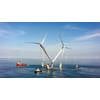
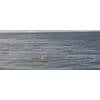

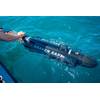
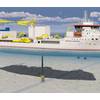








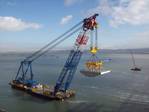


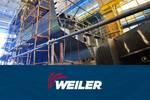
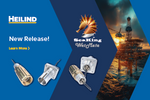
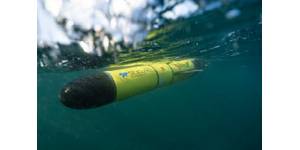
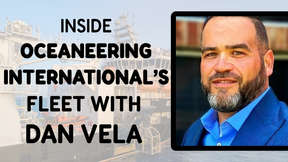
 August 2025
August 2025



